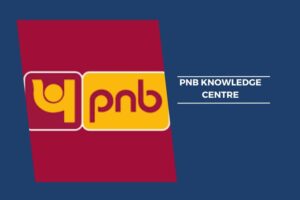What You Should Know About Credit Card Utilization

Your credit card balance is a significant factor in your credit score. Whether you need help with credit card debt or just opened your first credit card, here is what you need to know about credit card balance, how it can affect your credit score, and credit card debt repayment strategies.
What Is a Credit Card Balance?
A credit card balance represents the money you owe to a credit card company. The credit card is tied to a credit line. When you “pay” for something with your credit card, you are actually putting it on your credit line, which you then need to pay back to the credit card company on a monthly bill.
There is a minimum amount that you need to pay. If you carry a balance after paying your monthly bill, you will accrue interest on the outstanding amount. In the long run, this means you will pay more for the things you put on your credit card.
What Is Credit Utilization?
Credit utilization is the amount of your total credit line you’ve used. For example, if you have a $1,000 credit line and a $100 balance, you have a credit utilization ratio of 10%. Credit utilization goes up with more purchases. Paying off your credit card balance decreases the utilization ratio.
But if you have a $300 balance on that card, your ratio of 30% is a potentially negative credit factor. Conversely, if you maintain that $300 balance but open another card with another $1,000 credit line ($2,000 total), your overall utilization ratio will decrease to 15%.
Is Credit Card Utilization a Bad Thing?
You might want some credit utilization, as it shows lenders you are capable of carrying a balance and paying it back. Credit card debt payoff is something you want to achieve as it means you don’t owe anything, but you might want to have some balance after that, simply as a positive credit factor. This might also require stable spending habits. You should be able to pay off your credit card at the end of the month.
What Is APR?
When you don’t pay off the full balance of your credit card each month, you are charged interest on the remaining balance in the form of APR. This is based on the rate you agreed to when you signed up for the card. If you carry a large balance but only make the minimum payment, you could end up paying a considerable amount for the APR alone. Try to prioritize paying off your balance or close to paying it off when possible.
Can You Get Help with Credit Card Debt?
There are services that can help you with ever-mounting credit card debt. Try to find a service that uses a personal line of credit to pay off your credit card balances that you pay back at a lower rate. Consider a line of credit that does not close your credit card accounts, as this helps you maintain your longer credit history.
About Tally
Tally wants to help you worry less about finances so you can get back to focusing on what really matters. To that end, Tally can help you get out from under your credit card debt. The financial playing field is intentionally complex and complicated, and Tally was created to level that playing field. The app offers resources such as a credit card interest calculator to help do just that. With Tally’s help and their line of credit, you may be able to pay off your credit cards faster. It takes only a few minutes to get started with the Tally app and check your eligibility. When you need help with credit card debt, turn to Tally.
Learn more about how to get help with credit card debt at www.meettally.com
Disclosures: Lines of credit issued by Cross River Bank, Member FDIC, or by Tally Technologies, Inc. (“Tally”), NMLS #1492782 (http://nmlsconsumeraccess.org); see your line of credit agreement. Lines of credit are not available in all states.

Pranab Bhandari is an Editor of the Financial Blog “Financebuzz”. Apart from writing informative financial articles for his blog, he is a regular contributor to many national and international publications namely Tweak Your Biz, Growth Rocks ETC.








